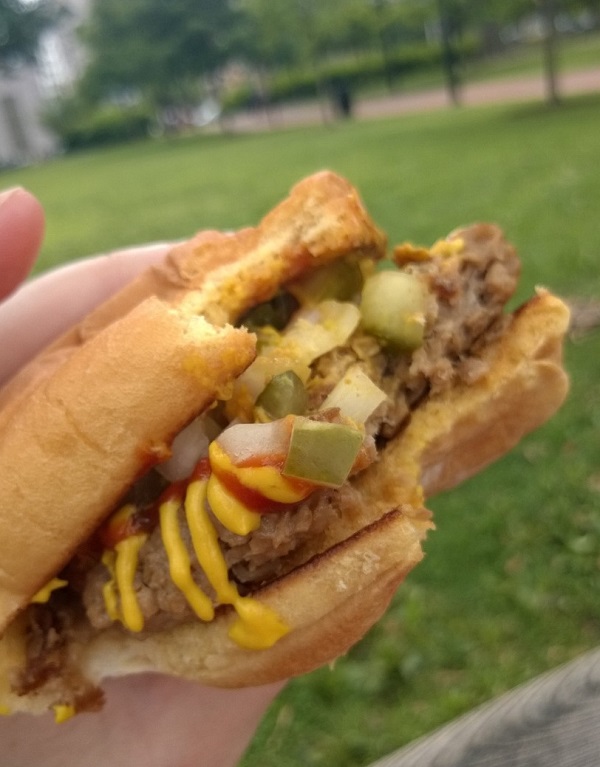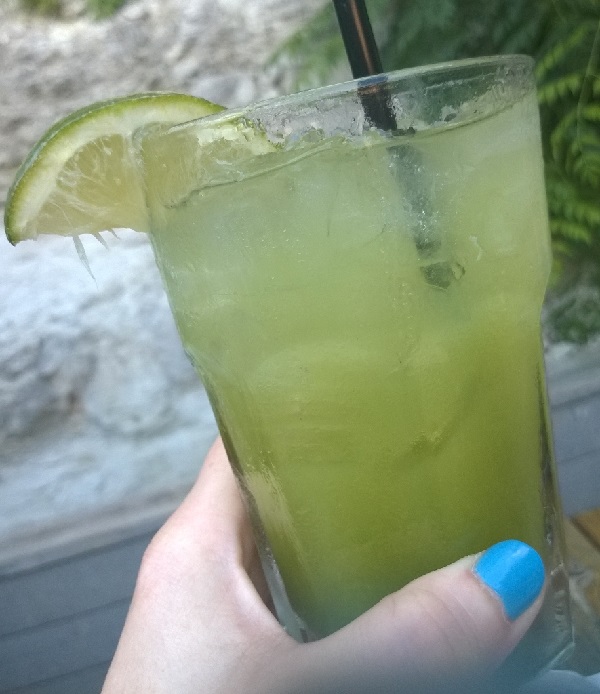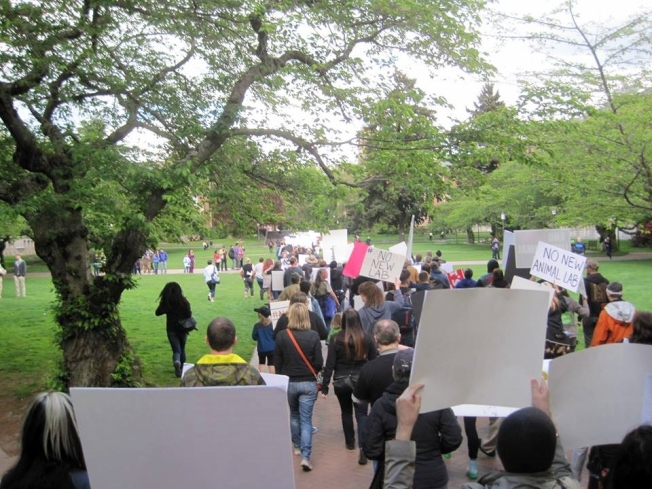“Let food be thy medicine.”
“You are what you eat.”
“An apple a day keeps the doctor away.”
We’ve heard these sayings before, but step into a doctor’s office and you’ll likely not be guided toward eating well. Doctors are great at things like diagnosing disease, performing surgery, and prescribing drugs. But I’ve learned that very few are trained in nutrition.
A vegetarian friend of mine who was low on iron started eating meat again—on her doctor’s orders! I told her cashews, kidney beans, quinoa, spinach and tempeh are all great sources of iron. Her doctor never told her that—or even recommended a supplement.
The doctor I saw last week for my checkup was just as bad. When he found out I’m vegan, he told me “it’s the riskiest diet.” He then recommended goat’s milk, since I can’t drink cow’s milk. I had to tell him goats are animals and their secretions aren’t vegan!
He told me to be careful because there are certain amino acids that are found only in meat. I said, “you mean protein?” He nodded. I asked him how cows and other herbivores get their protein. He referred me to a nutritionist.
The truth is, plants have protein. Plant proteins are referred to as “incomplete” only because they don’t match our human amino acid profile. But they are not “incomplete” when it comes to fulfilling our dietary needs.
Not all medical schools require training in nutrition, and the ones that do, require only a few hours. I’ve completed the Plant-based Nutrition Certificate program through eCornell, and while that doesn’t make me an expert, it has given me more nutrition training than most doctors have.
I worry for people who trust doctors blindly. For people considering veganism, a doctor’s warning like the one I heard might convince them not to try it. A whole-food, plant-based diet is a healthy choice—and most doctors aren’t aware.
There was a time when doctors recommended cigarettes as a way to relieve nerves. What doctors say about nutrition likely isn’t gospel. I’m on a quest to find a vegan—or nutritionally-aware—doctor.
Until then, here are a few good resources:
Dr. John McDougall
Dr. Michael Greger
Ginny Messina
Plant-Based Dietitian
PCRM


































